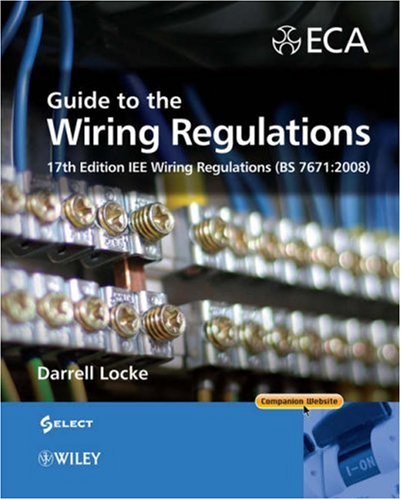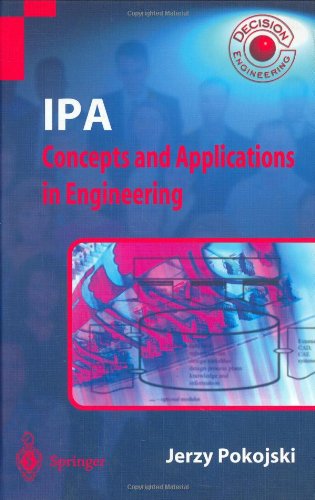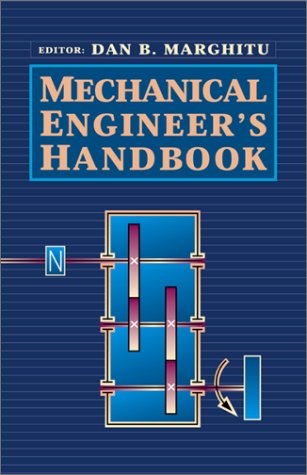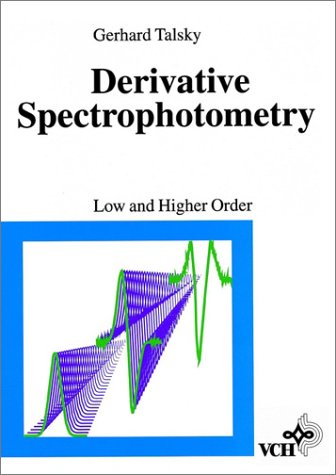Darrell Locke0470516852, 9780470516850, 9780470998366
Written and developed by the Electrical Contractors’ Association, Guide to the Wiring Regulations brings a wealth of experience to the subject and offers clear explanations of the changes in the Standard. Starting with full coverage of the legal requirements the book then goes on to:provide extensive advice on circuit design, selection and erection, wiring systems, earthing and bonding; explore the additional requirements of the Standard for protection against voltage disturbances and implementation of measures against electromagnetic influences (EMC);elaborate on the alterations to the inspection and testing requirements;feature practical information on the new special locations included in the 17th Edition, particularly exhibitions, shows and stands, floor and ceiling heating systems, mobile or transportable units and photovoltaic power systems;highlight the changes made in the new edition to existing special locations, including bathrooms, swimming pools, agricultural and horticultural premises and caravan/camping parks.
Guide to the Wiring Regulations is an outstanding resource for all users of the 17th Edition IEE Wiring Regulations (BS 7671: 2008) including electricians who want a better understanding of the theory behind the Standard, electrical technicians, installation engineers, design engineers, and apprentices. Both trainees and practitioners will find this guide indispensable for understanding the impact of the changes introduced in the 17th Edition (BS 7671: 2008).
Additional supporting material is available at www.wiley.com/go/eca_wiringregulations
Table of contents :
Guide to the Wiring Regulations……Page 2
Foreword by Giuliano Digilio……Page 14
Preface……Page 16
Acknowledgements……Page 20
A 1 Introduction to BS 7671: 2008……Page 22
A 2 Plan and layout of BS 7671: 2008……Page 25
A 3 Overview of major changes……Page 26
B 1.1 Key UK legislation……Page 32
B 1.2 The Electricity at Work Regulations 1989 (EWR 1989)……Page 33
B 1.3 The Electricity Safety, Quality and Continuity Regulations 2002 (as amended)……Page 34
B 1.5 The Building Act 1984, The Building Regulations and Part P……Page 35
B 1.7 Tort and negligence……Page 37
B 2 The role of Standards……Page 38
B 3 Part 3 of BS 7671: 2008 – assessment of general characteristics……Page 40
C 1 Introduction……Page 42
C 2 Design procedure overview……Page 43
C 3.1 Principles and definitions……Page 44
C 3.2 Maximum demand assessment……Page 47
C 3.3 Diversity……Page 49
C 4.1 Introduction……Page 51
C 4.3 Overload protection……Page 53
C 4.4 Fault protection……Page 67
C 4.5 Voltage drop……Page 70
C 4.6 Disconnection and electric shock……Page 76
C 5.2 Distribution circuit (submain) selection……Page 85
C 5.3 Armouring as a cpc……Page 86
C 6.1 Principles and system co-ordination……Page 88
C 6.2 Fuse-to-fuse discrimination……Page 90
C 6.3 Circuit breaker to circuit breaker discrimination……Page 91
C 6.4 Circuit breaker to fuse discrimination……Page 92
C 7.1 General and 7671 requirements……Page 93
C 8.1 Requirements……Page 94
C 9.1 Introduction and scope……Page 95
C 9.2 Standard domestic circuits……Page 98
C 9.3 All-purpose standard final circuits……Page 100
C 10.1 Introduction, increased use of RCDs……Page 104
C 10.2 Consumer unit arrangements for RCDs……Page 105
C 11.2 Ring final circuits……Page 108
C 11.3 Radial final circuits……Page 110
D 1 Introduction and fundamentals……Page 112
D 2 Compliance with Standards……Page 113
D 3 Identification of conductors……Page 114
D 3.1 Principle of required identification (514.3.1)……Page 115
D 3.2 Identification by colour……Page 116
D 3.4 Additions and alterations – identification……Page 118
D 3.6 d.c. identification……Page 119
D 4.2 EMC directive and BS 7671……Page 122
D 4.3 EMC cable separation – power, IT, data and control cables……Page 123
D 4.4 Cable management and EMC……Page 126
D 5.1 The choice of wiring systems……Page 127
D 5.2 Circulating currents and eddy currents in single-core installations……Page 131
D 5.3 Electrical connections and joints……Page 133
D 5.4 Wiring systems – minimizing spread of fire……Page 138
D 6.1 General……Page 140
D 6.2 Operation and characteristics……Page 141
D 6.3 Ambient temperature de-rating……Page 145
D 7.1 BS 7671 applications……Page 146
D 7.2 Operation and BS 7671 requirements……Page 148
D 7.3 Unwanted RCD tripping and discrimination……Page 149
D 7.5 TT installations and RCDs……Page 151
D 8.3 Overvoltage, undervoltage and electromagnetic disturbances……Page 153
D 8.4 Surge protective devices……Page 154
D 8.6 Residual current monitors (RCMs)……Page 156
D 9 Generating sets……Page 158
D 10 Rotating machines……Page 159
D 11 Plugs and socket outlets……Page 160
D 12 Electrode water heaters and electrode boilers……Page 161
D 14 Lighting and luminaires……Page 162
D 15.2 Classification of break times……Page 165
D 15.3 Safety sources……Page 166
D 16.1 General……Page 167
D 16.2 Equipment applications and examples……Page 170
E 1 Introduction……Page 172
E 2 Earthing arrangements……Page 174
E 3 General requirements of earthing and bonding……Page 180
E 4.2 Physical types of protective conductor……Page 183
E 4.3 Sizing protective conductors……Page 185
E 4.4 Protective conductors up to 16 mm2……Page 186
E 5.1 General……Page 188
E 5.2 ERA report on current sharing between armouring and cpc……Page 189
E 6.1 Purpose of protective equipotential bonding……Page 190
E 6.3 Bonding solutions for the modern installation……Page 191
E 6.4 Sizing protective bonding conductors……Page 198
E 6.6 Supplementary equipotential bonding……Page 199
E 7 High earth leakage installations……Page 204
F 1.1 Inspection and testing – an integrated procedure……Page 206
F 2 Visual inspection……Page 207
F 3.2 Required tests……Page 209
F 3.3 Continuity testing……Page 210
F 3.4 Ring continuity……Page 214
F 3.5 Insulation testing……Page 217
F 3.6 Polarity testing……Page 221
F 3.7 Earth fault loop impedance (ELI) testing……Page 222
F 3.8 Prospective fault current testing……Page 226
F 3.9 Testing RCDs and other functional tests……Page 227
F 4.2 Overview of certificates and schedules……Page 229
F 4.3 Completing the paperwork……Page 230
G 1.1 Introduction……Page 240
G 1.2 Purpose and principles……Page 241
G 2.1 Introduction and risks……Page 242
G 2.2 Zone concept……Page 243
G 2.3 Electric shock requirements……Page 247
G 2.4 Equipment selection and erection……Page 248
G 3.1 Introduction and risks……Page 249
G 3.2 Zone concept……Page 250
G 3.3 Requirements and guidance……Page 253
G 4 Agricultural and horticultural premises (705)……Page 255
G 4.2 Requirements and guidance……Page 256
G 5.1 Introduction, purpose and principles……Page 260
G 5.2 Requirements and guidance……Page 261
G 6 Exhibitions, shows and stands (711)……Page 264
G 6.2 Requirements and guidance……Page 265
G 7.1 Introduction, principles and terminology……Page 267
G 7.3 Notes and guidance……Page 270
G 8.1 Scope and application……Page 274
G 8.3 Notes and guidance……Page 275
G 9.2 Requirements……Page 277
G 9.3 Notes and guidance……Page 278
Appendices……Page 282
Appendix 1 – Standards and bibliography……Page 283
Appendix 2 – Popular cables: current rating tables from BS 7671: 2008 Appendix 4……Page 288
Appendix 3 – Limiting earth fault loop impedance tables from BS 7671: 2008……Page 291
Appendix 4 – Cable data-resistance, impedance and ‘R1 + R2’ values……Page 293
Appendix 5 – Fuse I2t characteristics……Page 297
Index……Page 298







Reviews
There are no reviews yet.